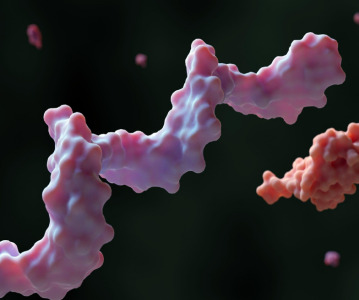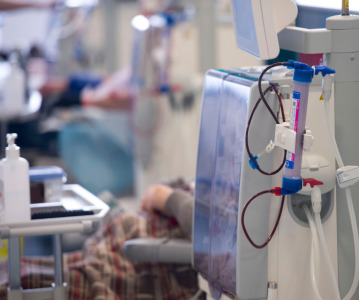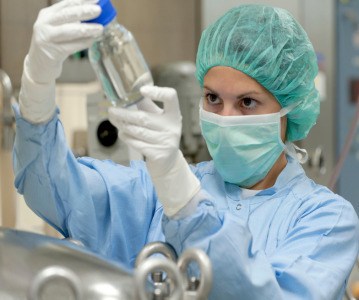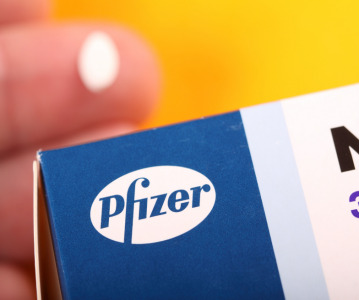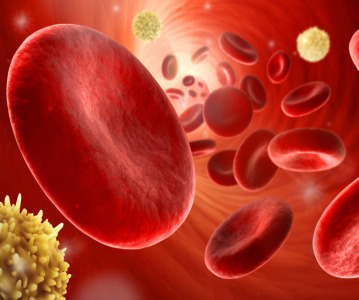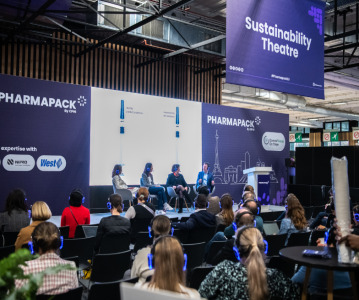Bioconjugation expertise and increased productivity in bio over next 5 years

Smaller bioreactors and high-density perfusion techniques needed as manufacturing makes significant efficiency improvements.
Ahead of the inaugural edition of bioLIVE – the bioprocessing and manufacturing event opening October (9-11) in Madrid – CPHI Worldwide announces the bio findings of its annual report, which foresees much greater efficiency in biomanufacturing and an increased exchange of ideas across small and large molecule industries.
CPHI Annual report expert, Mike Ultee of Ulteemit BioConsulting projects great strides being made in improving bioprocessing techniques and, in particular, cell line productivity for recombinant proteins. He predicts that over the next 5 years productivity of fusion proteins and enzymes will move towards the 2-5 g/L range. The consequence of which is that we are likely to see continued moves towards smaller bioreactors.
Ultee also argues that the rise in the use of continuous bioprocessing will see the return of perfusion bioreactors aided by inline new filtration technologies – ultrafiltration, diafiltration and concentration equipment. In fact, high-efficiency perfusion techniques will also enable extremely high densities (~ 108 cells/mL) in small volumes. Most excitingly, the pipeline of CAR-T and gene therapies will now come to market in increasing numbers as bioprocessing techniques have proved reliable in bringing products through clinical and commercial production.
“In 5 years' time we will have been through a golden period, with game-changing improvements made in upstream, downstream and continuous bioprocessing. The market will by then also boast much greater numbers of biosimilars and new applications for cell and gene therapies. The industry is collectively maturing extremely quickly from Big Pharma and biosimilars to CDMOs,” added Ultee.
Kent Payne, CEO of Socorro Pharmaceuticals LLC explores in his analysis how demand is now outstripping supply for qualified bio professionals in the big bio hubs – notably Boston and San Francisco – and increasingly we will see small molecule professionals moving across, especially in areas like conjugation and ADCs where there is directly transferable expertise.
However, his conclusion was that as biomanufacturing enters its maturation stage, especially amongst the smaller nimble biotechs, they will increasingly look borrow from practices already established in the small molecule segment rather than by ‘any means to market’.
“There are lessons to be learned from Pharma peers to drive enhanced productivity and quality, whilst simultaneously lowering costs. The processes and skills that have been honed at larger companies to drive operational excellence are key to the smaller companies’ growth and profitability prospects. As small companies reach a tipping point in their life cycle, they must move beyond the ‘just get it done by any means’ mode to a ‘growth by design’ mode in order to be prepared for commercialization and beyond,” commented Payne.
In particular, it is in the supply chain and management systems where there are likely to be great efficiencies yet to be discovered. Payne concluded: “over the last decade or so, many of the larger biomanufacturing players have implemented more sophisticated production management systems to provide real monitoring and optimization. Nevertheless, compared with small molecule counterparts, there is still much room for improvement.”
Rutger Oudejans, Brand Director at UBM for bioLIVE said: “The findings in our Annual Report clearly support the need for introducing an event like bioLIVE – one that supports the benefits of the growing exchange of ideas across small molecule and biomanufacturing. What is most exciting is that in an age of renewed innovation and with drug attrition rates falling that we might also be able to bring these new biologics to market much cheaper. It’s one of the central themes of this year’s inaugural event, ‘how to help transition the growing workforce needed in bio’ and, of course, ‘how we can make manufacturing more efficient and bring medicine to patients faster’. The synergies we are seeing with small and large molecule in the long-term will help both industries innovate and commercialize better in the future.”
Related News
-
News CPHI Online Trend Report – 2025 Pharma Packaging Prospects
The pharmaceutical packaging market has seen marked shifts in innovations, priorities, and focus over the last few years. With the rise of hit drugs like GLP-1 agonists and biologics requiring specialised packaging considerations, the strain of meeting... -
News Google-backed start-up raises US$600 million to support AI drug discovery and design
London-based Isomorphic Labs, an AI-driven drug design and development start-up backed by Google’s AI research lab DeepMind, has raised US$600 million in its first external funding round by Thrive Capital. The funding will provide further power t... -
News AstraZeneca to invest US$2.5 billion in Beijing R&D centre
Amid investigations of former AstraZeneca China head Leon Wang in 2024, AstraZeneca have outlined plans to establish its sixth global strategic R&D centre in China. Their aim is to further advance life sciences in China with major research and manufact... -
News US FDA adds haemodialysis bloodlines to devices shortage list
On March 14, 2025, the US FDA published an open letter to healthcare providers citing continuing supply disruptions of haemodialysis bloodlines, an essential component of dialysis machines. -
News Women in Pharma: Manufacturing personal and team success
Our monthly Women in Pharma series highlights the influential lives and works of impactful women working across the pharmaceutical industry, and how the industry can work towards making the healthcare industry and workplace more equitable and inclusive... -
News Pfizer may shift production back to US under Trump pharma tariffs
At the 45th TD Cowen annual healthcare conference in Boston, USA, Pfizer CEO Albert Bourla outlined the potential for Pfizer to shift its overseas drug manufacturing back to the US as pharmaceutical industry players weigh their options against Presiden... -
News Experimental drug for managing aortic valve stenosis shows promise
The new small molecule drug ataciguat is garnering attention for its potential to manage aortic valve stenosis, which may prevent the need for surgery and significantly improve patient experience. -
News Women in Pharma: Connecting accessible pharma packaging to patients – a Pharmapack Special
Throughout our Women in Pharma series, we aim to highlight how CPHI events encourage discussions around diversity, equity, and inclusion initiatives in the pharmaceutical industry.
Recently Visited
Position your company at the heart of the global Pharma industry with a CPHI Online membership
-
Your products and solutions visible to thousands of visitors within the largest Pharma marketplace
-
Generate high-quality, engaged leads for your business, all year round
-
Promote your business as the industry’s thought-leader by hosting your reports, brochures and videos within your profile
-
Your company’s profile boosted at all participating CPHI events
-
An easy-to-use platform with a detailed dashboard showing your leads and performance
.png)
